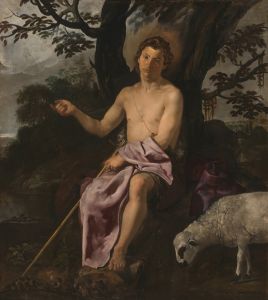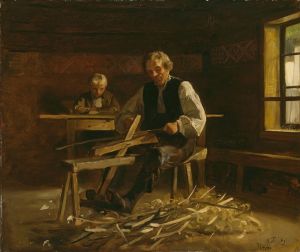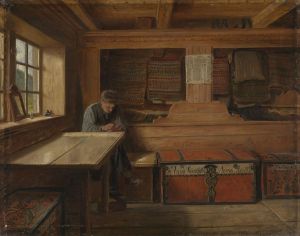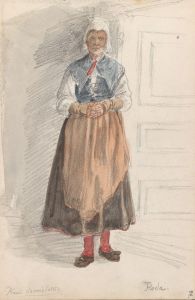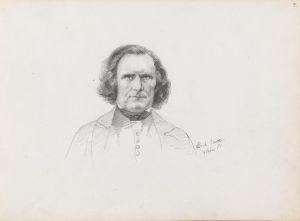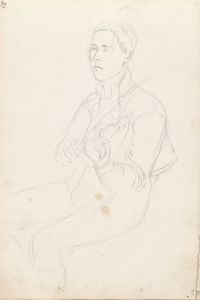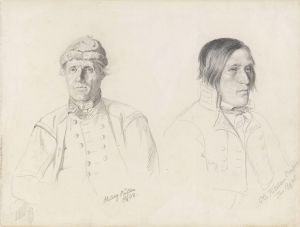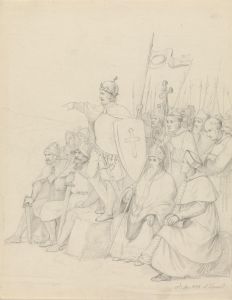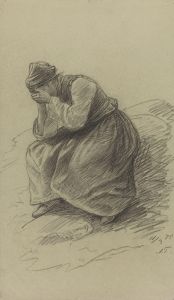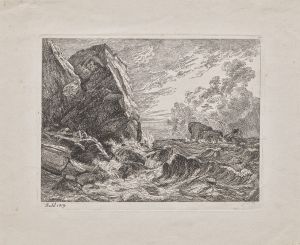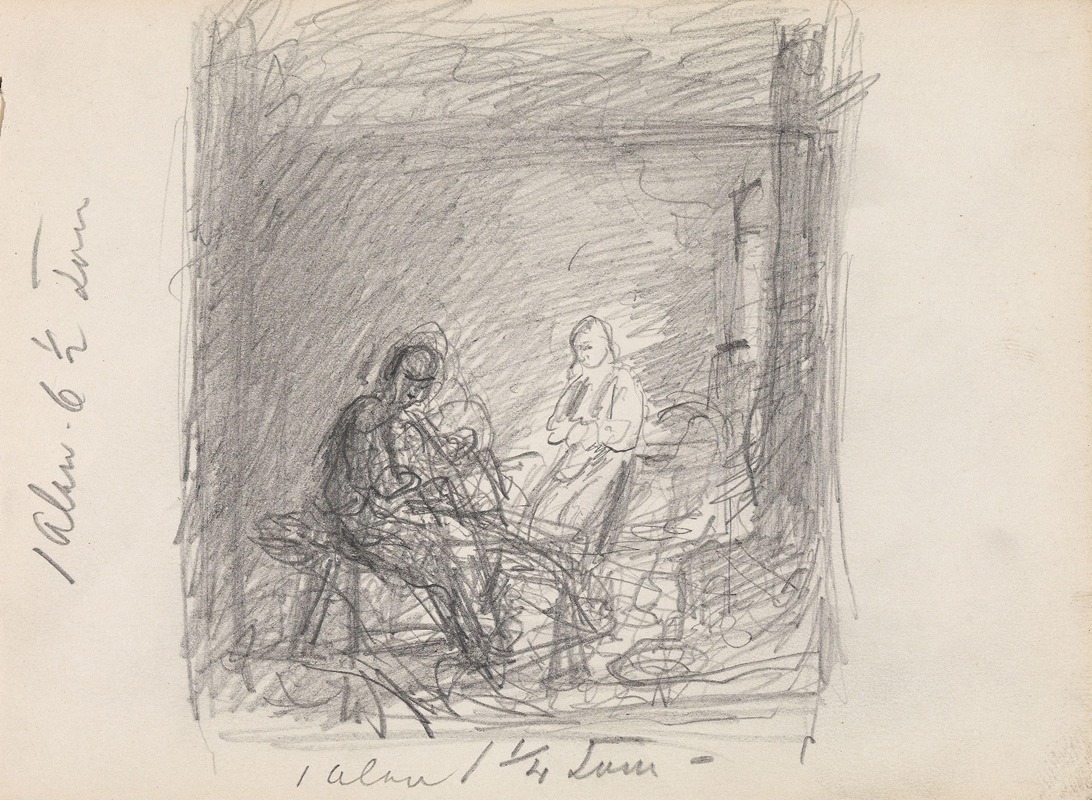
Garnbinding i bryggerhuset, Vikøy
A hand-painted replica of Adolph Tidemand’s masterpiece Garnbinding i bryggerhuset, Vikøy, meticulously crafted by professional artists to capture the true essence of the original. Each piece is created with museum-quality canvas and rare mineral pigments, carefully painted by experienced artists with delicate brushstrokes and rich, layered colors to perfectly recreate the texture of the original artwork. Unlike machine-printed reproductions, this hand-painted version brings the painting to life, infused with the artist’s emotions and skill in every stroke. Whether for personal collection or home decoration, it instantly elevates the artistic atmosphere of any space.
Adolph Tidemand was a prominent Norwegian painter in the 19th century, known for his detailed and realistic depictions of Norwegian rural life and traditions. One of his notable works is "Garnbinding i bryggerhuset, Vikøy," which translates to "Yarn Binding in the Brewery House, Vikøy." This painting is a fine example of Tidemand's dedication to capturing the essence of Norwegian culture and daily life during his time.
Adolph Tidemand was born on August 14, 1814, in Mandal, Norway. He studied at the Academy of Art in Copenhagen and later at the Academy of Fine Arts in Düsseldorf, Germany. The Düsseldorf school of painting, which emphasized meticulous detail and historical accuracy, greatly influenced Tidemand's artistic style. He became one of the leading figures in this movement, and his works often reflect a deep appreciation for Norwegian heritage and folklore.
"Garnbinding i bryggerhuset, Vikøy" is a testament to Tidemand's focus on the everyday activities of Norwegian people. The painting depicts a scene inside a traditional Norwegian brewery house, where individuals are engaged in the process of yarn binding. This activity was a common practice in rural Norway, where communities relied on wool and yarn for clothing and other necessities. The setting of a brewery house, typically used for brewing beer, highlights the multifunctional nature of rural Norwegian buildings, which often served various purposes depending on the season and community needs.
Tidemand's attention to detail is evident in the painting's composition. He meticulously portrays the interior of the brewery house, capturing the textures of wooden beams, the play of light and shadow, and the expressions of the individuals involved in the yarn binding process. The figures in the painting are depicted with a sense of realism and individuality, reflecting Tidemand's skill in portraiture and his interest in the human aspect of traditional practices.
The painting also serves as a historical document, providing insight into the clothing, tools, and techniques used in 19th-century Norway. The individuals are dressed in traditional Norwegian attire, which Tidemand often included in his works to emphasize cultural identity and heritage. The tools and materials depicted in the painting offer a glimpse into the craftsmanship and resourcefulness of rural Norwegian communities.
Adolph Tidemand's works, including "Garnbinding i bryggerhuset, Vikøy," played a significant role in the national romantic movement in Norway. This movement sought to celebrate and preserve Norwegian culture and history at a time when the country was seeking to establish its national identity. Tidemand's paintings were instrumental in fostering a sense of pride and appreciation for Norway's rural traditions and landscapes.
Throughout his career, Tidemand received numerous accolades and his works were exhibited widely, both in Norway and internationally. His collaboration with fellow artist Hans Gude on several large-scale paintings further cemented his reputation as a leading figure in Norwegian art.
In summary, "Garnbinding i bryggerhuset, Vikøy" by Adolph Tidemand is a significant work that captures the essence of Norwegian rural life and traditions. Through his detailed and realistic portrayal of everyday activities, Tidemand provides a valuable historical record of 19th-century Norway, while also contributing to the national romantic movement that celebrated the country's cultural heritage.





